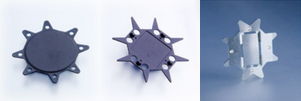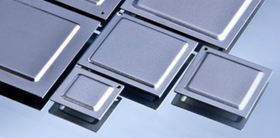Next generation IC heat spreader – Malico Tungsten Copper
Next generation IC heat spreader
-
Malico Tungsten Copper
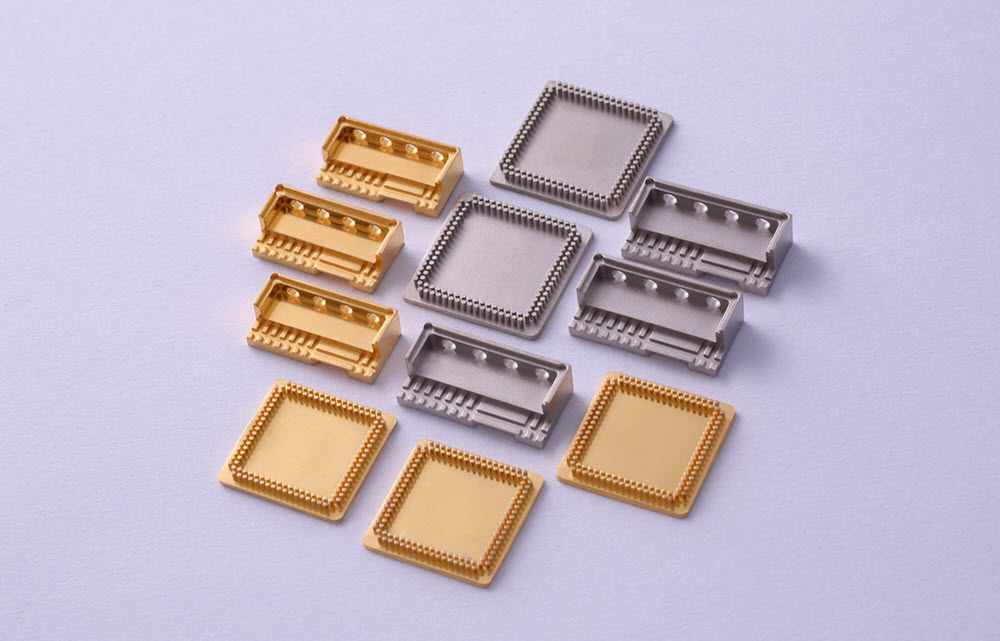





| -- | thermal conductivity | coefficient of expansion | forming | cost |
 tungsten copper tungsten copper |
180~200 W/mk | Good matching 8.2 x 10-6/K |
good | competitive |
| copper | 390~420 W/mk | Too high 16.6 x 10-6/K |
fair | competitive |
| aluminum | 200~220 W/mk | Too high 25.0 x 10-6/K |
good | competitive |
| silicon carbide | 340 W/mk | Good matching 4.0 x 10-6/K |
difficult | expensive |
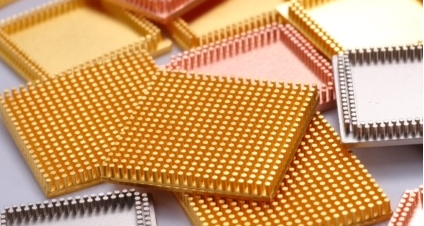
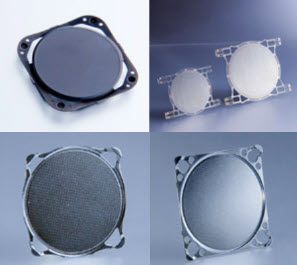
| -- | Footprint | Pin number | Surface area | Pitch |
 MIM W-Cu MIM W-Cu |
15x15mm | 400 pins | 808mm² | 0.75mm |
| Stamping | 15x15mm | 0 | 225mm² | 0 |
